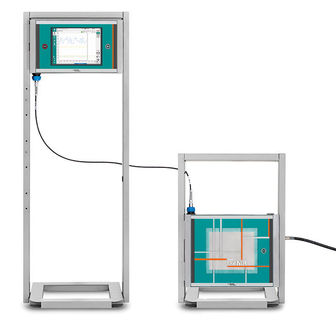To use all functions of this page, please activate cookies in your browser.
my.bionity.com
With an accout for my.bionity.com you can always see everything at a glance – and you can configure your own website and individual newsletter.
- My watch list
- My saved searches
- My saved topics
- My newsletter
Noctilucales
The Noctilucales are a peculiar order of marine dinoflagellates. They differ from most others in that the mature cell is diploid and its nucleus does not show a dinokaryotic organization. These cells are very large, from 1 to 2 millimetres in diameter, and are filled with large buoyant vacuoles. Some may contain symbiotic green algae, but there are no chloroplasts. Instead, they feed on other plankton, and there is usually a special tentacle involved in ingestion. Product highlightNoctilucales reproduce mainly by fission, but sexual reproduction also occurs. Each cell produces numerous gametes, which resemble more typical athecate dinoflagellates and have the dinokaryotic nuclei. Evidence suggests that they diverged from most other dinoflagellates early on, and they are generally placed in their own class. The most common species is Noctiluca scintillans, also called N. miliaris. It is usually bioluminescent when disturbed, as are various other dinoflagellates, and large blooms can sometimes be seen as flickering lights on the ocean. References
|
||||||||||||||||||
| This article is licensed under the GNU Free Documentation License. It uses material from the Wikipedia article "Noctilucales". A list of authors is available in Wikipedia. |







